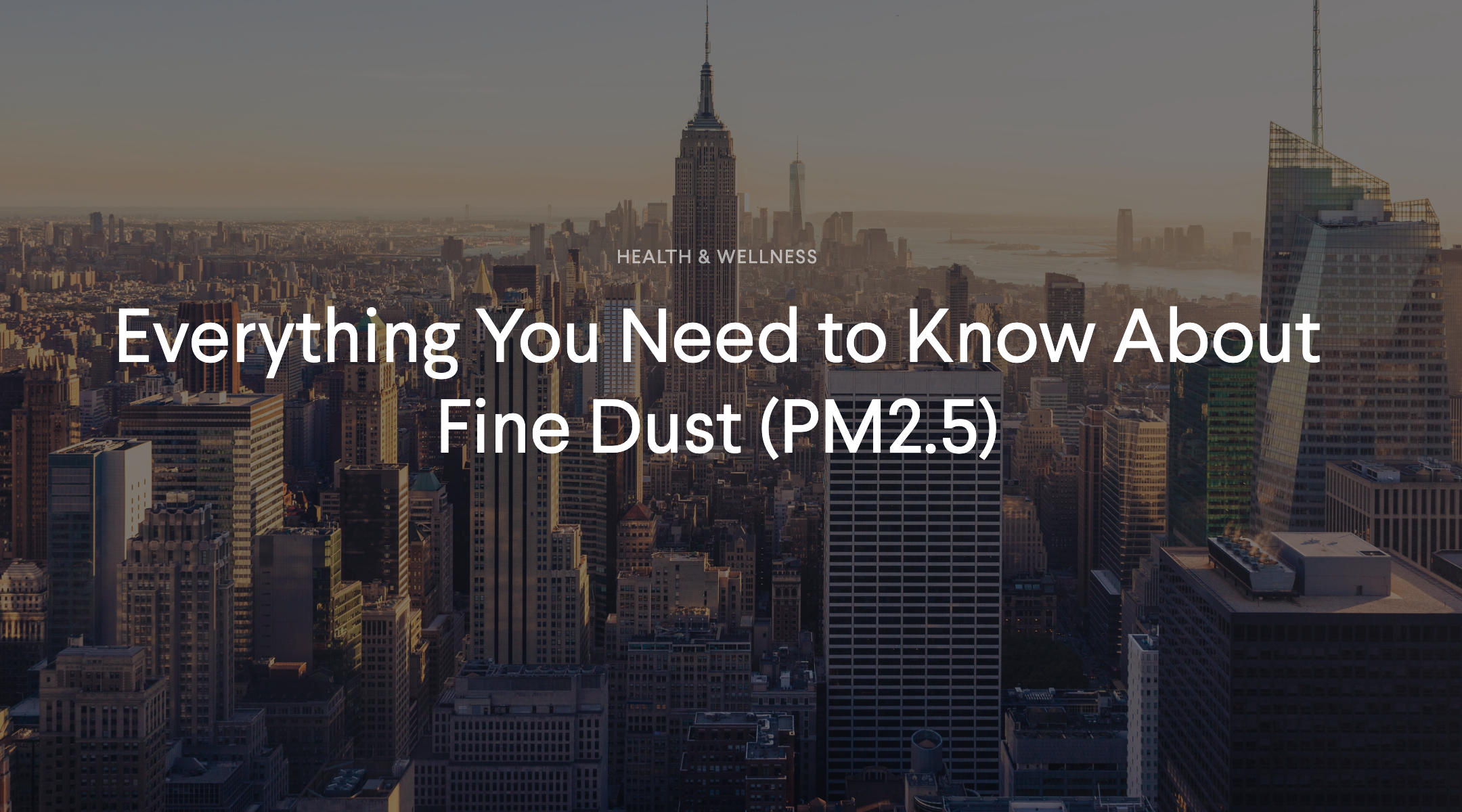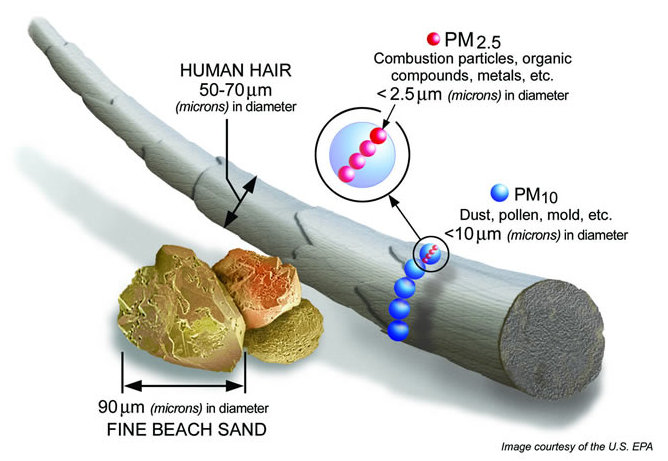 What is the Fine Dust
What is the Fine Dust
Did you know that fine dust is surprisingly very small? Fine dust particles can fit across the width of a strand of hair, which means it is invisible to the human eye. It is extremely dangerous as it can be breathed in, absorbed into the bloodstream and cause/ exacerbate major health issues like asthma and heart disease. It even promotes cancer and is linked to some birth defects. The EPA recommends no more than 24-hour exposure to high fine dust, although no amount of PM 2.5 is healthy or beneficial.
Source of Fine Dust
Outside, Fine particles primarily come from the car, truck, bus and off-road vehicle((e.g., construction equipment, snowmobile, locomotive) exhaust and other operations that involve the burning of fuels such as wood, heating oil, and coal or natural sources such as forest and grass fires.
You might recognize them by other names, such as air pollution, smog, aerosol particles, snoot and also from some of the other forms, like acid rain.
Fine dust also produced by common indoor activities. Some indoor sources of fine particles are tobacco smoke, cooking(e.g., frying, sautéing, and broiling), burning candles or oil lamps, and operating fireplaces and fuel-burning space heaters (e.g., kerosene heaters). Ultrasonic humidifiers can release fine dust particles into the air from unfiltered or dirty tap water.
How to reduce exposure to fine dust
- The highest exposure to particles indoors usually occurs during cooking. Use exhaust fans that vent to the outdoors when cooking.
- Do not allow smoking in your office.
- Use an electric or gas stove and heater instead of a wood stove or fireplace.
- Never use hibachis, charcoal grills or unvented space heaters indoors.
- Limit burning of candles and incense indoors, and use them only with good outdoor air ventilation.
- Use doormats and remove shoes at the doorway. And keep your house clean to avoid re-suspension of particles from carpets and floors such as soil, pollens, cockroach allergens, and animal dander.
- Use a high-efficiency vacuum cleaner or a central (whole-house) vacuum cleaner, and damp mop hard floors often.
- Close windows and doors when the outdoor particle level is high.




You must be logged in to post a comment.